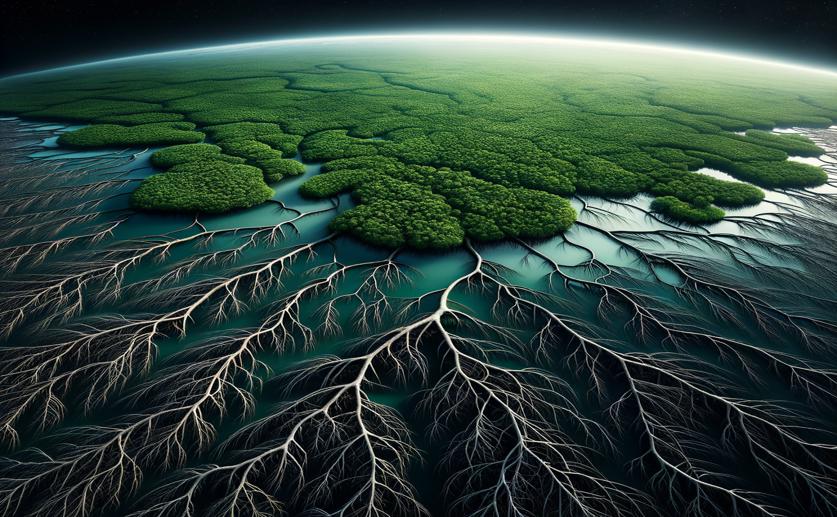
Mapping Mangroves from Space to Support Climate Resilience
Jim Crocker
24th March, 2024

Image Source: Natural Science News, 2024
Key Findings
- In Mauritius, a study used satellite images to track mangrove forests over time
- Advanced techniques showed a significant growth in mangroves at Le Morne since 2013
- This data helps inform strategies to protect coastlines and adapt to climate change
References
Main Study
1) Mangrove mapping and monitoring using remote sensing techniques towards climate change resilience.
Published 23rd March, 2024
https://doi.org/10.1038/s41598-024-57563-4
Related Studies
2) The importance of mangrove forest in tsunami disaster mitigation.



 14th March, 2024 | Greg Howard
14th March, 2024 | Greg Howard